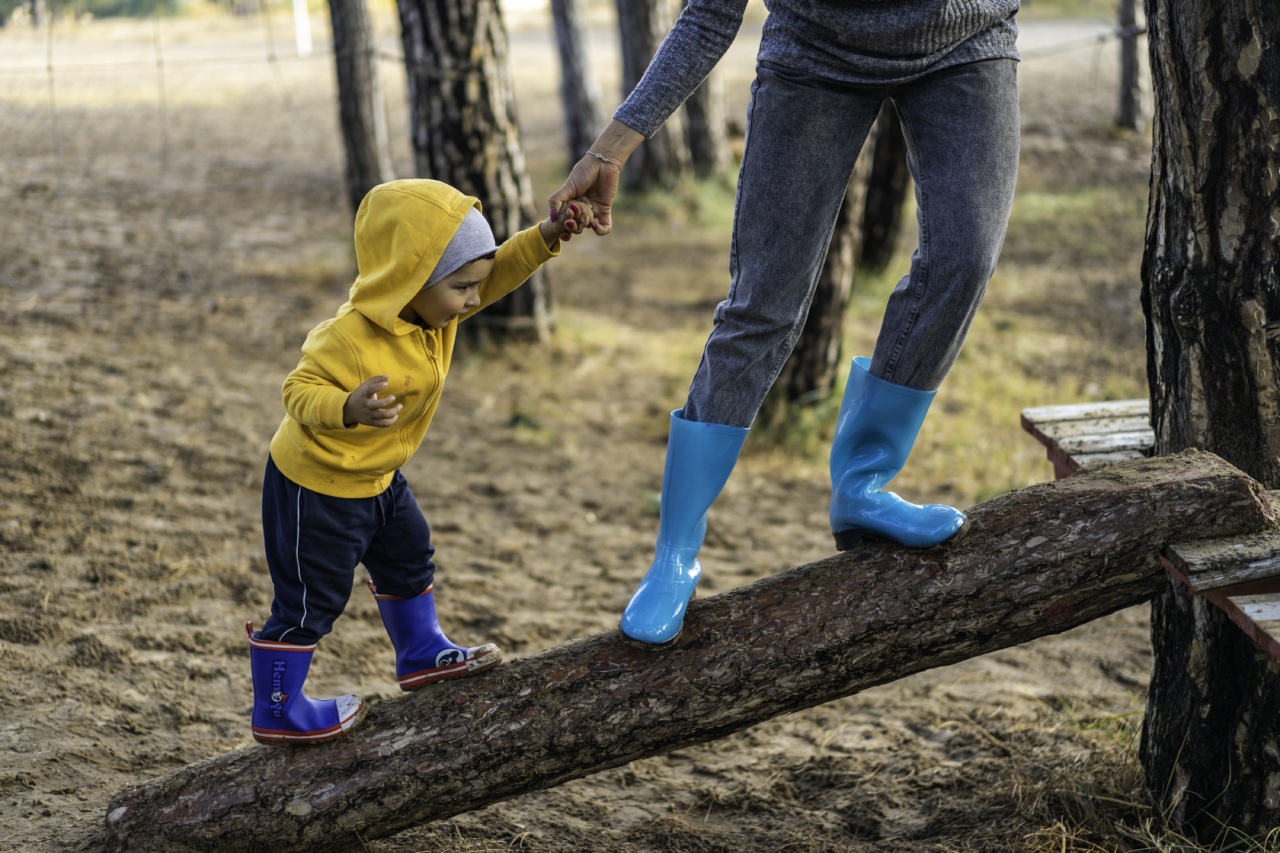One of the most frightening experiences for a parent is watching their child have a convulsion. Convulsions, also known as seizures, can occur at any age and can happen for various reasons.
Young children are especially prone to having convulsions as a result of high fevers.
During a convulsion, a child may lose consciousness, shake uncontrollably, and experience muscle stiffness or spasms. As a parent, it’s important to recognize the signs of a convulsion and know how to help your child during this difficult time.
Managing Your Child’s Safety During a Convulsion
The first thing to do when your child is having a convulsion is to keep them safe. Try to stay calm and keep your child away from any objects or furniture that could harm them.
Clear the area around them and place something soft under their head to prevent any injuries.
It’s important not to restrain your child during a convulsion as it could worsen their symptoms and cause further harm. Let them move freely and don’t try to stop them from shaking or convulsing.
This may be difficult to watch, but it’s important to remember that convulsions are often harmless and don’t cause any long-term damage.
Monitoring Your Child’s Breathing and Airway
As you keep your child safe, continue to monitor their breathing and airway. Make sure your child is breathing normally and that their airway is clear of any obstructions.
If your child’s convulsions last longer than three minutes or they have difficulty breathing, call emergency services immediately.
Keep your child on their side to prevent them from inhaling any fluids or vomit that may occur during the convulsion. If you notice any signs of choking or difficulty breathing, seek medical attention immediately.
Providing Comfort for Your Child
During a convulsion, your child may be frightened, confused, and disoriented. Provide comfort and reassurance by speaking to your child in a calm and soothing tone. Let them know that they’re safe and that you’re there for them.
After the convulsion is over, hold your child close and comfort them. They may be tired, thirsty, or hungry, so offer them a cool drink and a light snack. Monitor them closely and seek medical attention if necessary.
When to Seek Medical Attention for Your Child’s Convulsion
While many convulsions are harmless and don’t require medical attention, some may require prompt medical attention. Call for emergency services if:.
- Your child has a convulsion that lasts longer than five minutes
- Your child has difficulty breathing or any signs of choking
- Your child has a high fever or is experiencing other symptoms of illness
- Your child has a head injury or is unresponsive after the convulsion
Preventing Future Convulsions in Your Child
While convulsions are often harmless and don’t cause any long-term damage, they can be frightening for both you and your child.
Taking steps to prevent future convulsions can help ease anxiety and promote a healthier, happier lifestyle for your child.
One of the most effective ways to prevent convulsions is to work with your child’s doctor to manage any underlying conditions.
Certain illnesses and disorders, including epilepsy, may increase a child’s risk of having convulsions, so it’s important to seek medical attention and follow any recommended treatment plans.
In addition, promoting a healthy lifestyle can help prevent future convulsions. Encourage your child to eat a balanced diet, get plenty of rest, and exercise regularly.
Avoid exposing your child to any triggers or stimulants that may increase their risk of having a convulsion, such as flashing lights or loud music.
Conclusion
Watching your child have a convulsion can be scary, but knowing how to respond can make all the difference. Keep your child safe, monitor their breathing and airway, and provide comfort and reassurance.
Seek medical attention if necessary and work with your child’s doctor to prevent future convulsions. With the right care and attention, your child can lead a healthy, happy life free of convulsions.





























